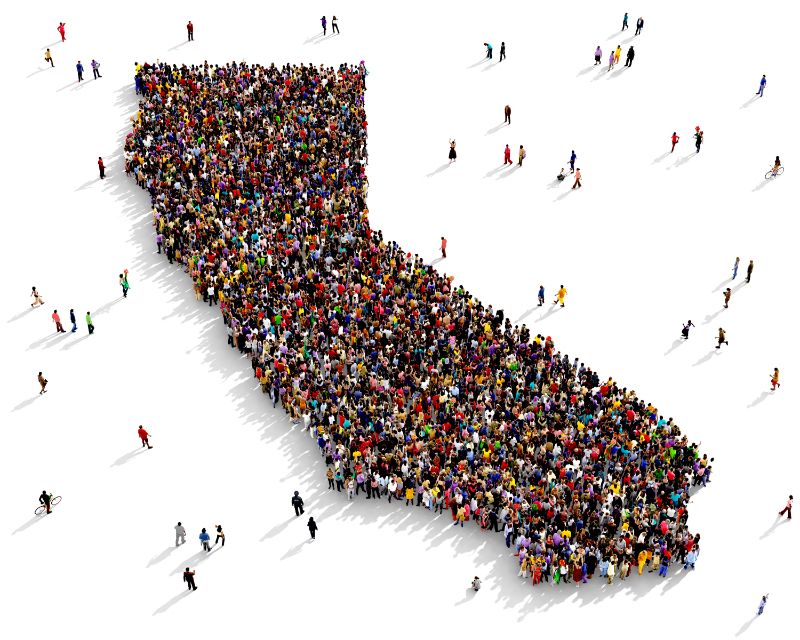California Redistricting – Not a Partisan Game
After months of intense activity, the 14 member Citizens Redistricting Commission finalized the new political boundaries that will dictate representation in California for the next 10 years. On Dec. 27, the new maps were officially transmitted to the Secretary of State with unanimous agreement from the redistricting commission. In a press briefing hosted by Ethnic Media Services, active participants of the redistricting process touch on how the maps will impact historically underrepresented communities of color, and where California fits in the fight for fair maps in the country.

Speakers:
- Paul Mitchell, Owner of Redistricting Partners, Vice President of Political Data. Inc
- Jonathan Mehta Stein, Executive Director of California Common Cause
- Russell Yee, California Redistricting Commissioner, Author, and Theologian
- Thomas Saenz, President and General Counsel of MALDEF
Opening the conversation, Paul Mitchell describes the integrity and process of redistricting in California and how it differs from the nation. First and foremost, California has a commission of independent citizens who work together to draw the lines. Due to Proposition 11 and Proposition 20, the commissioners are vetted to ensure quality and competency. The redistricting process in California is not partisan and it’s simply protecting voting rights and holistically giving minority communities a powerful voice in our political system. Commissioner Russell Yee points out that a commission of laypeople redistricting the nation’s largest state consisting of complex geography and demography would be considered a dubious proposition, however, the commission managed to succeed under a tight deadline.
The goal of the commission was to promote voting rights and diversity. Essentially, the commission created enduring maps that are fair and equitable. Personal political interests played virtually no role, according to Commissioner Russell Yee. Paul Mitchell points out that commissions, in general, are more responsive to community voices and facilitate access for public engagements. To highlight how well California did when comparing it to the nation, Jonathan Mehta Stein shares that over 30,000 responses were recorded from the public for improvements on the redistricting process. The commission was broadly reflective of California’s population as there was representation from various communities, including the LGBTQ+ community. Stein closes by sharing that giving regular Californians the power to redistrict is a transformational step for a more equitable power dynamic. Thomas Saenz also commends the commission when looking at it from a Latino community perspective. He cautioned that commissions, in general, are not perfect, but California did very well.
Like with every community-based project, the Redistricting Commission faced many challenges. With the overarching goal of making a community-based map, the experts highlight challenges in population trends and the impacts following the trends. Paul Mitchell points out an increase in the Latino and Asian populations. He also highlights the growth and dispersion of the Black population. Overall, there is an increasing minority population, however, it could be hard to translate the booming population to an impactful political voice.
The overall outlook of this process can be seen in a positive light. Minority voting rights have been strengthened with the redistricting process. Commissioner Yee highlights that despite the uncertainty that arose from the pandemic and the delayed Census, the process can be seen as a success with a negligible chance of the maps being challenged.


